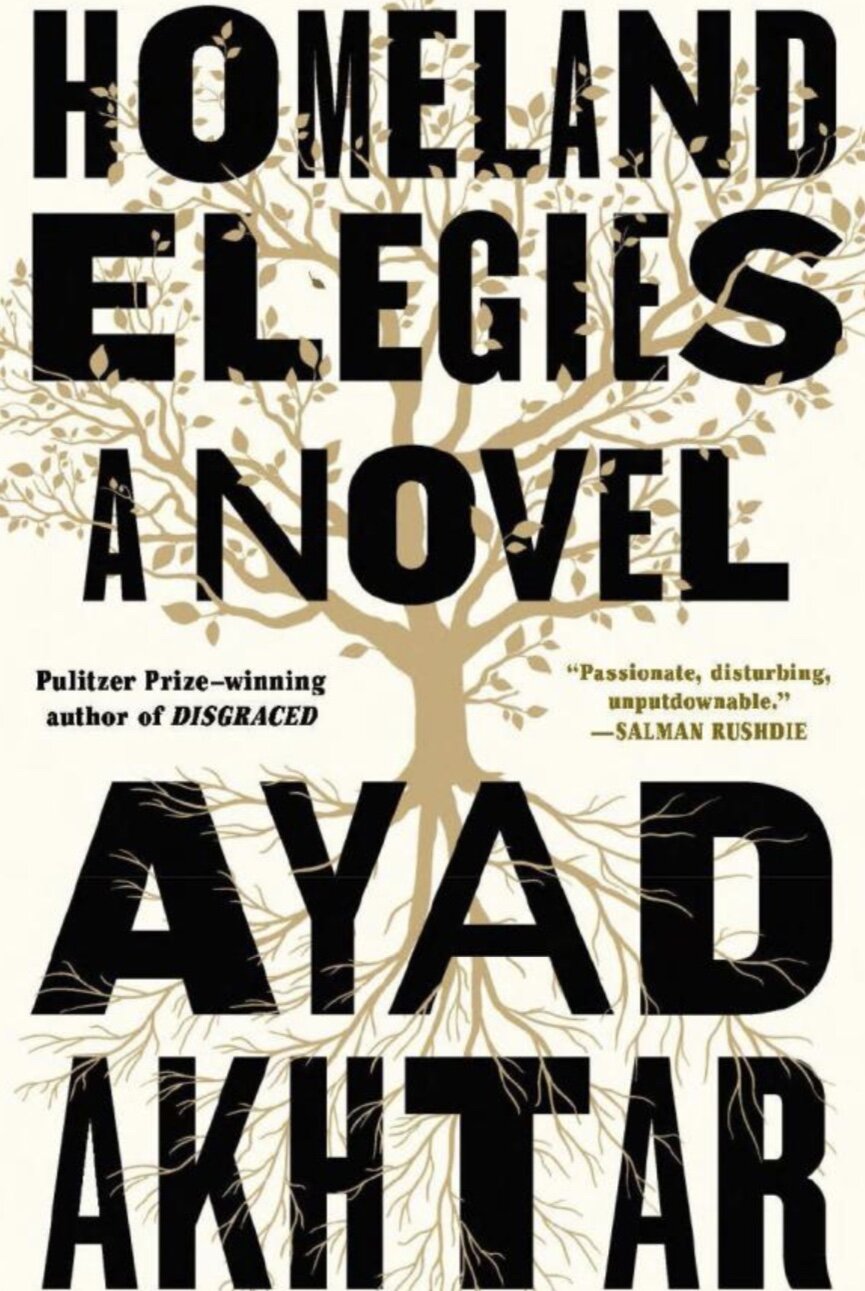A Beginner’s Guide to Japan by Pico Iyer (Vintage)
Pico Iyer, a writer who has made a literary career out of being a nomad, has been running in place for the past thirty years. The man who made his name with Video Night in Kathmandu fell in love with a woman and her country, as he described in The Lady and the Monk, and Japan has been his base ever since.
Iyer is famous for tossing out provocative ideas and then sliding past them with deep charm, moving on to another gorgeous description, another apt anecdote. In this latest book, he relies almost exclusively on glittering statements, which lead from one to another in a way that connects but does not elucidate. Sprinkled among what he calls “Observations and Provocations” are ten essays which peripherally address the brief passages that make up the rest of the book. “Salvos,” Iyer calls them, “Much of this book may infuriate anyone who knows Japan.” It’s called a beginner’s guide, he says, because it was written by one.
His book is traditional and contemporary, mirroring both the commonplace books of the 19th century in which ideas and brief descriptions were jotted down as they came to mind, and the status updates that besiege us all on social media nowadays. But more than anything else, it takes on the form of a pointillist landscape, with each dot of the brush making a whole picture only if the viewer stands back from it and looks from a different angle.
Iyer is happily enmeshed in irony--a travel writer who spends his time at home, a fiercely literate man who neither speaks nor reads Japanese beyond the level of a very young child. He would be in danger of living within his own fantasy were it not for his highly skilled art of paying attention.
“Attention, taken to its highest degree, is the same thing as prayer.” Simone Weil’s quote is the one Iyer has chosen as his epigraph and it guides the thoughts that follow. Like a very young child, Iyer keeps his senses completely alive to the world around him, without preconceptions to run interference and get in his way.
Within his delightful and often startling observations (18th century samurai were advised to carry powdered rouge for moments when they might be “of bad color”) are concise thoughts that may well carry truth (“My friends in Japan are less inclined to try remaking the world than simply to redecorate its corners). It’s no accident that Iyer occasionally brings to mind the cleverness of Oscar Wilde. He claims that Wilde, born the year after Peary’s ships sailed into Japan, was as shaped by Japanese influences as were Van Gogh and Manet, backing up his assertion with witticisms from Wilde that buttress Iyer’s observations of Japanese life and culture.
This book is “fan-shaped,” Iyer says, and although each statement stands on its own, they all lead to the ones that follow. Manga proceeds to the use of robots, the possibility of artificial intelligence enabling communication with the dead, and the presence of Shinto in everyday life. ”Anime is the natural expression of an animist world.”
Speaking Japanese is useless without thinking in Japanese, Iyer says, and fluency is no guarantee of acceptance for foreigners. In fact it can be quite the opposite, as Victoria Riccardi pointed out in Untangling My Chopsticks, when she admits she had to leave Japan before she began to hate it. In his silence imposed upon him by his lack of language, Iyer begins to understand his chosen country’s apparent paradoxes: the Shinto concert where every instrument was silent, “the space between absence and presence,” the idea of emptiness as luxury. “When you leave , what will you miss most about Japan,” a friend asks and Iyer replies, “All the things you don’t have to say or explain.”
This is the power of his deceptively simple book, the unsaid, the unexplained, lurking beneath his terse and clever bits of wit and description. Living within a riddle, Iyer says, means being unable to imagine what will happen tomorrow. It’s that unpredictability within a world of predictable ceremony, ritual, and etiquette that gives Japan--through Iyer’s eyes--a compelling and irresistible luster.~Janet Brown




















